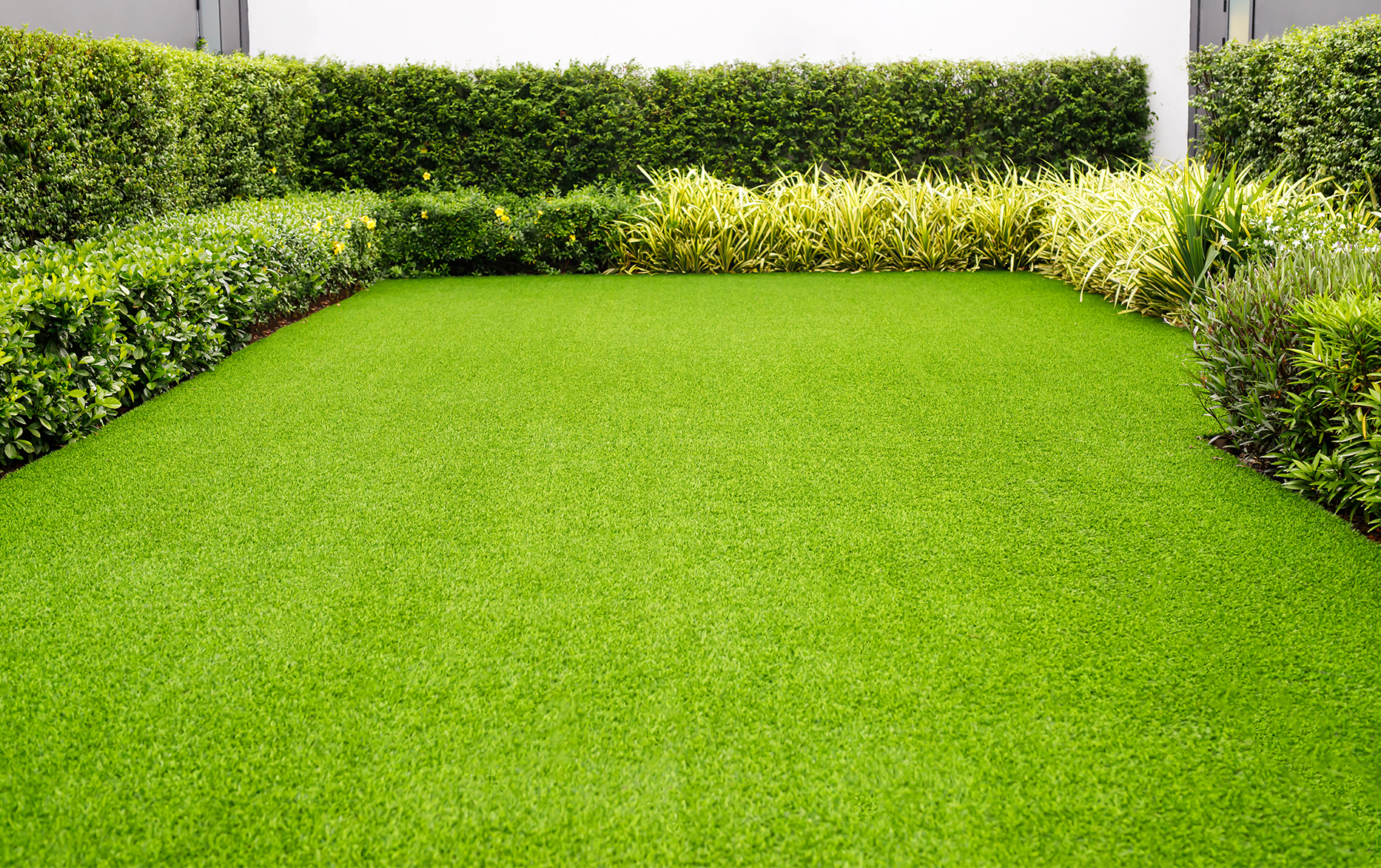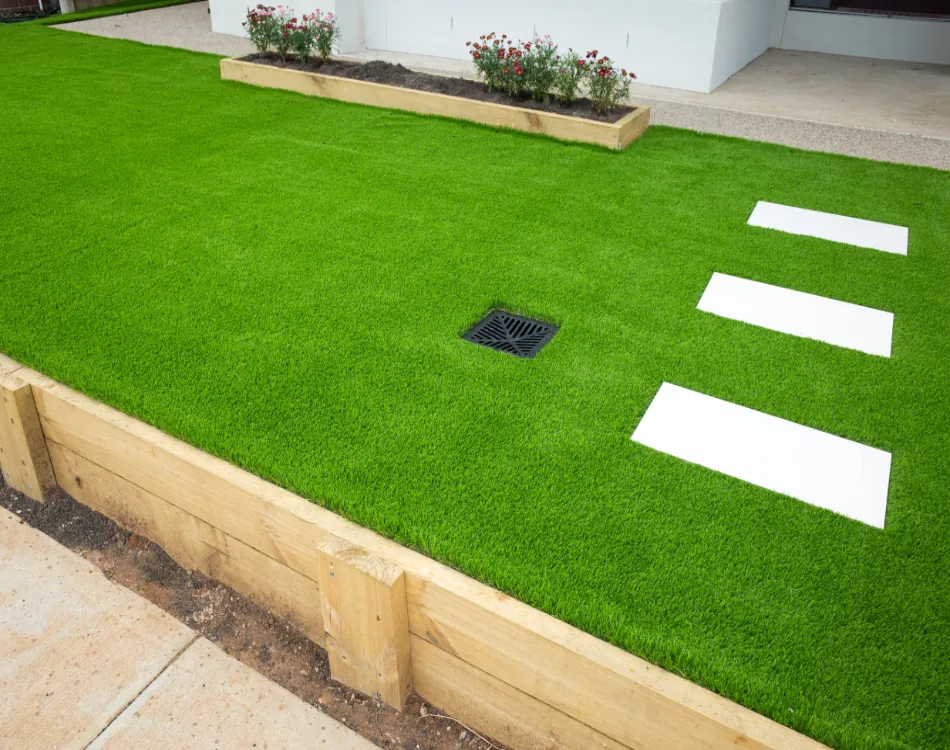Get a Ideal Lawn with Arizona Artificial Turf for Any Outdoor Space
Get a Ideal Lawn with Arizona Artificial Turf for Any Outdoor Space
Blog Article
Delve Into the Environmental Conveniences of Opting for Synthetic Grass Solutions
The adoption of artificial grass solutions provides a compelling possibility to deal with pushing ecological obstacles. By dramatically reducing water usage and reducing the application of harmful chemicals, these options not just promote lasting landscape design but also secure local environments.
Water Preservation Perks
One of the most substantial advantages of man-made grass is its capability to preserve water. In contrast, man-made lawn does not need watering, substantially lowering the overall demand for water resources.
By removing the requirement for regular watering, synthetic grass adds to lasting landscape techniques and aids minimize the ecological effect of extreme water usage. Additionally, the conservation of water prolongs to the reduction of overflow, which can result in dirt erosion and waterway contamination.
In addition, the installation of fabricated turf permits communities and homeowners to designate water sources extra effectively, focusing on vital usages such as alcohol consumption water and agriculture. The shift towards man-made turf not only promotes accountable water usage but additionally aligns with broader environmental goals aimed at protecting natural deposits.
As communities increasingly focus on sustainability, the water preservation advantages of synthetic grass provide an engaging situation for its adoption in domestic and business landscaping projects.
Minimized Chemical Use
The shift to synthetic turf significantly lowers the dependence on chemical therapies generally used in natural lawn upkeep. Traditional lawn monitoring commonly involves the application of chemicals, herbicides, and fertilizers to advertise development and control insects. These chemicals can pose threats to human wellness, regional wild animals, and the atmosphere, adding to soil and water contamination.
In comparison, man-made turf eliminates the requirement for these damaging substances. By reducing the launch of artificial substances into the environment, fabricated grass promotes much healthier dirt and water systems.
Additionally, the lack of chemical runoff related to artificial grass setups aids safeguard regional rivers from pollution, supporting aquatic life and maintaining biodiversity. Artificial turf companies phoenix. As neighborhoods progressively focus on lasting methods, going with synthetic turf presents a sensible solution that aligns with environmental preservation objectives. Via this shift, homeowner can appreciate lush eco-friendly areas without jeopardizing ecological wellness, leading the way for a more lasting future
Lower Carbon Footprint

Additionally, the installation of man-made lawn can cause considerable water conservation. All-natural lawns call for considerable amounts of water for watering, which not only includes in the carbon impact linked with water removal and treatment however also pressures local water sources. On the other hand, synthetic grass requires minimal upkeep, needing no watering, consequently significantly reducing water usage and its linked power expenses.
Furthermore, the long life of fabricated grass adds to its decreased carbon influence. With a life-span of approximately 15 years or more, the need for regular replacements is lessened, causing much less waste and reduced power usage in manufacturing and disposing of standard lawn alternatives. Overall, synthetic grass offers a sustainable choice for eco aware landscaping.
Environment Preservation
Habitat conservation is an essential consideration in the discussion over landscaping options, specifically when contrasting artificial lawn to all-natural lawn. All-natural turf lawns usually call for comprehensive maintenance, consisting of using herbicides, chemicals, and fertilizers, which can negatively affect regional communities. These chemicals can seep into the soil and rivers, harming indigenous flora and fauna and interfering with local environments.
In contrast, synthetic grass presents an opportunity to minimize the environmental impact of landscape design. By going with artificial turf, house owners can lessen the disruption of natural habitats connected with standard yard care practices. Man-made turf removes the need for harmful chemicals, consequently securing close-by wildlife and preserving the honesty of bordering environments. The setup of artificial turf can lead to the conversion of previous turf locations right into more biodiverse landscapes, such as pollinator yards or native plant locations, which can support neighborhood wild animals.
Ultimately, the transition to synthetic grass not just preserves water and lowers maintenance efforts but also promotes a much more harmonious connection between human activities and the native environment, promoting habitat preservation in the process.
Long-Term Sustainability
Long-term sustainability is a crucial variable in evaluating the benefits of man-made grass over standard turf lawns. Among one of additional hints the most substantial benefits of man-made grass is its toughness; it can last as much as 15-20 years with minimal maintenance, whereas natural lawn needs constant reseeding and replacement. This durability minimizes the demand for constant resources, such as water, plant foods, and chemicals, which are vital for keeping a healthy and balanced grass lawn.
Additionally, synthetic grass adds to a decrease in carbon emissions related to lawn care devices. Conventional yards frequently need gas-powered mowers, trimmers, and blowers, every one of which add to air contamination. Artificial turf companies phoenix. On the other hand, synthetic grass gets rid of the demand for such tools, advertising a cleaner environment
Moreover, the production of synthetic grass increasingly utilizes recycled materials, improving its sustainability account. As manufacturers adopt environmentally friendly methods, the environmental impact of synthetic grass remains to diminish.

Verdict
The adoption of artificial lawn remedies provides considerable environmental advantages, consisting of significant water conservation, reduced dependence on dangerous chemicals, and a reduced carbon footprint. Man-made turf aids in preserving natural environments by minimizing land disruption and advertising long-lasting sustainability with the usage of sturdy products. Jointly, these variables underscore the capacity of synthetic grass to contribute positively to ecological health and wellness and offer a sensible alternative to traditional landscaping techniques in a progressively resource-conscious world.
In comparison, synthetic here turf does not need watering, substantially lowering the total demand for water resources. By lessening the launch of synthetic compounds into the community, fabricated turf promotes healthier soil and water systems.
Additionally, the setup of fabricated lawn can result in considerable water conservation. In comparison, synthetic grass requires marginal upkeep, requiring no watering, therefore significantly sites decreasing water usage and its associated power expenses.

Report this page